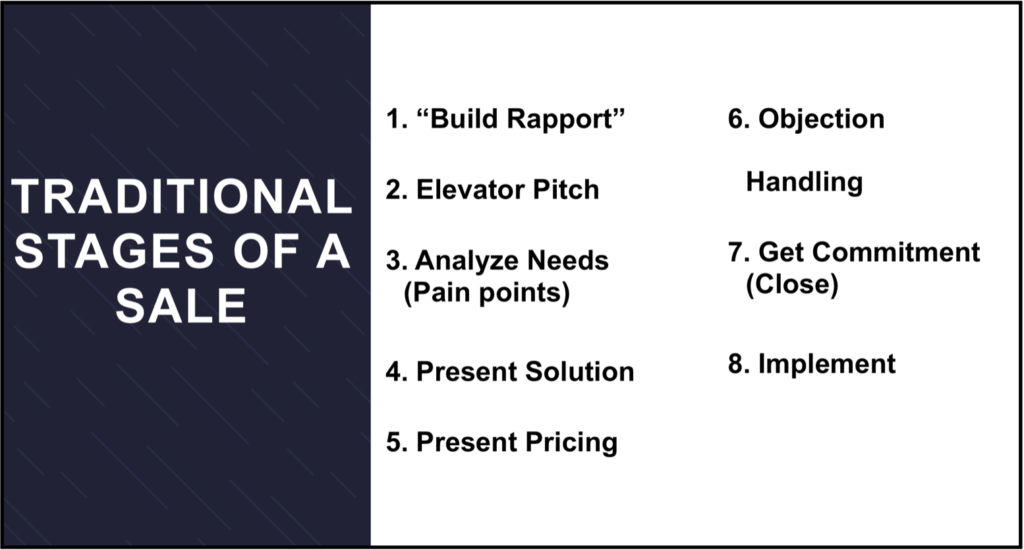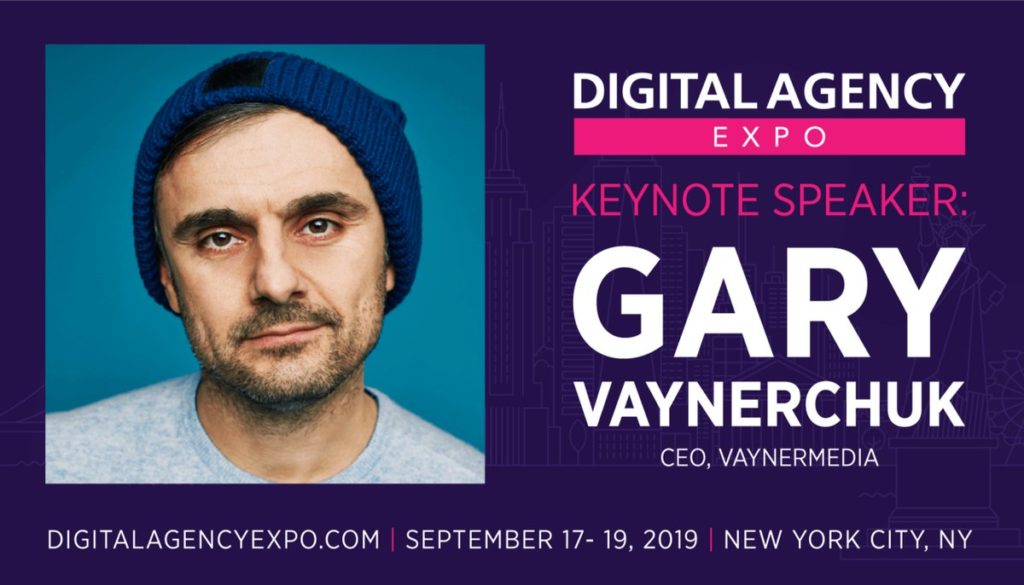The date is May 29, 1953. It is bitter coldoutside, and two guys are huddled together in a tent trying to stay warm. At 6:30 in the morning, after thawing frozen boots over a camp stove, the two bundle up and begin the day. They look up over a ridge and see the sun cresting as they consider how little food they have left. Five hours later, Sir Edmund Hillary and Sherpa Tenzing Norgay became the first climbers to reach the summit of Mount Everest. Sir Edmund Hillary was the man with the dream, but it was the Sherpa who made it happen.

What does any of this have to do with growing your agency and landing more, better, and higher-paying clients? It all comes down to the relationship between the climber and the Sherpa.
The Challenge: Why Aren’t Companies Choosing Agencies?
The number one reason companies choose not to go with an agency is a limited understanding of the agency’s strategy. It has little to do with the pitch, the price, or even the goal. Companies want a variety of things: more sales, more leads, more traffic, some notoriety, but most of all, they want to get to the top–the summit–and they know they need help to get there. However, once presented with a strategy, they don’t understand how it will work and how the pieces fit together so they choose not to move forward. It would be as if Sir Edmund Hillary’s Sherpa was enthusiastic about reaching the summit of Mt. Everest, but couldn’t articulate how he would do it.

From the agency’s perspective, we tend to think that these types of clients just don’t “get it.” It’s not exactly wrong, but brushing people aside for not being able to “get it” is no way to grow an agency. The industry average at which agencies close qualified opportunities into sales is a dismal 11 percent. That means that with a lead pipeline generating $4.5 million in potential business, only $500,000 of that will pan out. How can agencies close this gap? How can they overcome the fact that 88 percent of buyers see no value from interacting with a salesperson? Even more, how can agencies overcome this in a marketplace where at least 60 percent of buying decisions are made long before contact is made with sales?
By being human, of course.
Machines Extract; Humans Give
A typical sales process looks like this: build rapport, give an elevator pitch, analyze needs, present solutions, present pricing, handle objections, close the deal. The roots of this process go back at least six decades, and the focus is on extracting value from the customer. The salesperson leads, and the process is more about goading the customer into giving the salesperson something of value–contact information, time, and money. Maybe we can start to see why buyers don’t see any value in these interactions.

The human brain is a complex organ, but if we break it down into its simplest components, we can see why this old sales process isn’t working. The root brain is first, and its job is to process all the things we don’t think about such as breathing and hunger, along with primary responses to survival and safety. Next is the Limbic system, and it is responsible for emotions and feelings. Last is the Neocortex, the computer of the brain, and this is where rational thinking happens.
If we think about how decisions work through these different areas, we can understand why a little humanity needs to be added to the sales process. First, you might not think there’s a lot of “fight or flight” involved with a sales call, but have you ever had to pitch your services to a company with an in-house marketing person or department? They don’t want to lose their jobs. The Limbic system needs to be at least a little excited about something before it bothers passing it up to the Neocortex to think about. So failing to pass the barrier here will stop the process in its tracks. Adding a little humanity will help your ideas make it through these first two processes so you even have a chance.
H2H: Human to Human
Desmond Morris, a behavioral scientist, studied the way that humans move from strangers to intimate couples. He found that relationships tend to be successful and stronger when they follow a series of steps, and those who rush or skip steps tend to be unsuccessful. It starts with simply noticing one another, and a natural progression takes place: from eye contact to a conversation, from hand-to-hand contact to more physical contact. While we’re not trying to get intimate with customers here, the point is that there is a progression and trying to hurry or skip the steps will result in a failure to build a relationship. The sequence matters.
Let’s go back to the typical pitch process and infuse a little humanity into it. Rather than starting by trying to extract some pain points from the customer, give them a little something. It doesn’t have to be your entire suite of offers; instead, suggest one small change you could make and what you think the results would be–and explain why. Or offer up some industry facts or statistics, and see where that business owner falls. For example, mention that marketers have a close rate of 11 percent; it’s likely the business owner will come back with his or her own close rate. Now they’re engaged. They’re talking. You’re having a conversation versus an interrogation and it’s natural. You’ve shared something they can use and you’re just having a chat about it. Now you can start asking questions because you’ve already demonstrated that you have something of value that they are interested in. This sequence matters, too.
The Customer Value Journey
The old sales process is wrong because it’s not human-to-human. So, how can we use this knowledge to convert more leads into sales? With a customer value journey that turns the interaction from one of interrogation and extraction to one of a natural, human progression that starts with giving. It looks like this:

- Create Awareness. It’s hard for people to buy from you if they’ve never heard from you. Instead of extracting information in the form of pain points, share something with potential customers. HubSpot found that 90 percent of people find value in a conversation with a salesperson if they provide industry insights and how those insights will affect the business.
- Generate Engagement. Keep giving. Online, you can do this with blogs, websites, videos, and other informational pieces. In person, industry insights and small suggestions keep the conversation moving naturally and, more importantly, keep it rooted in something valuable for the buyer.
- Subscribe. If you’ve demonstrated that you can be valuable to a customer, then they’re ready to subscribe to your way of thinking. In a sales call, they’re seeing things through the lens that you’ve brought to them and the conversation is ripe for you to ask questions to start understanding how you can do even more. Online, this is where gated content comes in; give customers something even more valuable in exchange for contact information.
- Convert. Once the customer is subscribed to your way of thinking, you can deliver a “quick win” or a small change you can make that will have tangible results. Notice that you’re still giving, giving, giving.
- Excite. The customer has already achieved a small win from your services and you have their trust and attention–and they are excited about the results. You’ve just become an expert in their mind and it’s time to really dig in and show them what you can do.
- Ascend. Finally, you can move to your core products and services and build a long-term relationship with the customer.
- Advocate. Customers are happy and satisfied and willing to give testimonials and referrals.
- Promote. Customers are true believers in your methods and are out promoting your brand.
Why does this process work? Because it is a natural progression and doesn’t require you to be a “salesperson.” You’re just an expert having a conversation with someone who is interested. If you skip any of the steps or try to rush through, you will continue to fail far more often than you succeed. For those who have mastered this strategy, their close rates are more like 60, 70, even 80 percent.
In the beginning, you’re overcoming the biggest reason why agencies fail – by not trying to sell the big strategy upfront, so there’s nothing to misunderstand. You’re going step-by-step with every opportunity to make the strategy clear. You are no longer trying to sway someone with unfamiliar jargon and confusing steps; you’re a trusted guide. A Sherpa. Plus, you’ve sold them on your way of thinking so your entire suite of offers eventually will be on the table. That way, you not only get more customers, but also higher paying ones, too.
How to Get Started
Download our Customer Value Journey worksheet here and start by modeling your own company’s Customer Value Journey. Don’t be afraid to get some help and some outside opinions here as it can be difficult to see the forest through the trees in your own spaces. Then, map an existing client you like or a friend’s business. Then, do it for a customer who has not given you additional business and see where you may have gone wrong. Lastly, don’t overthink the process. You’re human and the process is natural to you.
Want to know more about scaling your agency?
If the answer to that question is yes, then the Digital Agency Expo is for you! There is going to be no theories, no “gurus” just agencies teaching agencies what’s new, what’s hot and what’s actually working NOW to grow and scale their agency or consultancy.
 Get all of the details here >>
Get all of the details here >>







